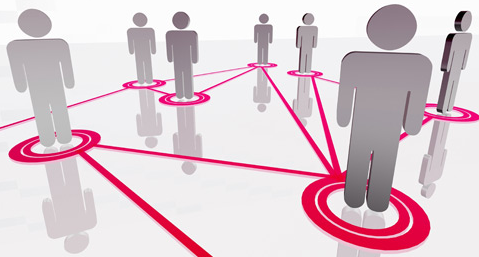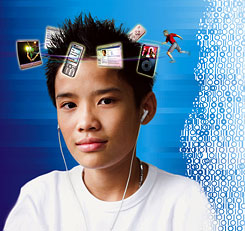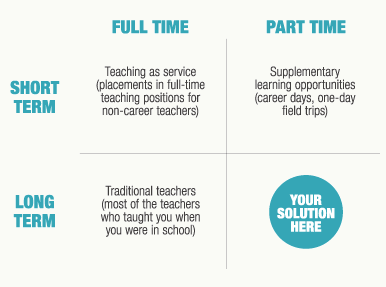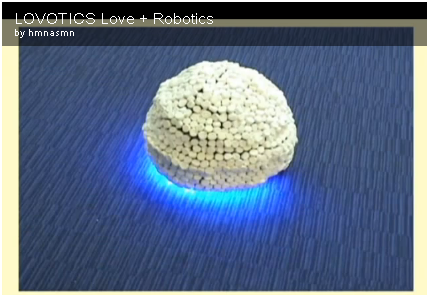If it Looks Human it Better Move Human
Friday, July 29th, 2011 Androids or human like robots are growing in numbers. We see them in video games and films as well as in the real-world as service bots. Some androids gives us the creeps others we like. A brain scanning study just reported from UC San Diego, Your Brain on Androids, helps to explain this difference. It turns out that androids that look too human but don’t also move in a perfectly human way, give us the creeps. On the other hand, androids that move more like robots and look more like robots are fine.
Androids or human like robots are growing in numbers. We see them in video games and films as well as in the real-world as service bots. Some androids gives us the creeps others we like. A brain scanning study just reported from UC San Diego, Your Brain on Androids, helps to explain this difference. It turns out that androids that look too human but don’t also move in a perfectly human way, give us the creeps. On the other hand, androids that move more like robots and look more like robots are fine.
Our brains expect a match between the level of human-like appearance and motion
Not a surprise to readers of the cognitive design blog. If it looks human but moves robot we have colliding mental models and cognitive dissonance. If the visual differences are subtle and we cannot put our finder on the source of cognitive dissonance it could get creepy. The importance of the UC San Diego study is that they saw this in our neural hardware and were able to study the range of the effect. The finding are summarized in terms of the “uncanny valley effect” when our feelings about an android suddenly go negative because it looks too human.
From a cognitive design perspective, this finding about the mismatch between appearance and motion could generalize across artifacts to produce opportunities for innovation. For example, looks like a car but does not move like a car. The challenge is to find a way to leverage it to produce interest or positive mental energy. In this example, a human doing a robot dance has nearly 6 million view.
Source of Image: UC San Diego news release.








